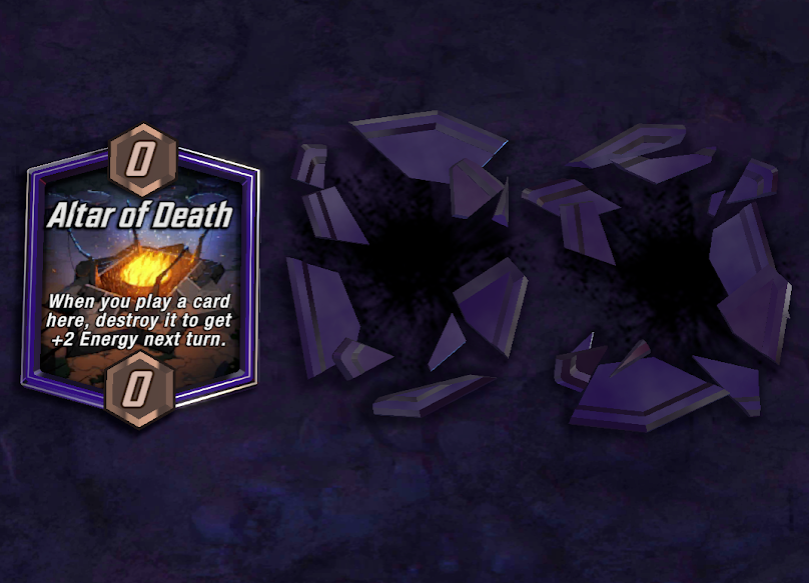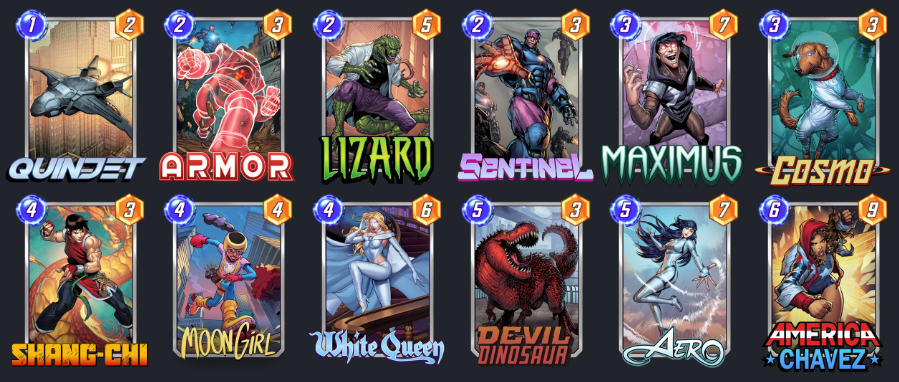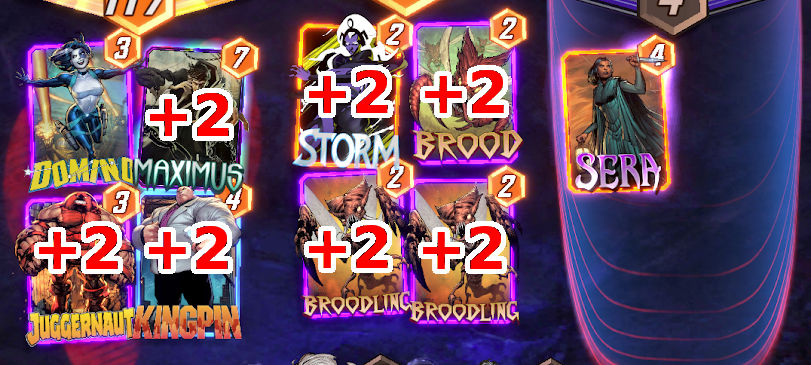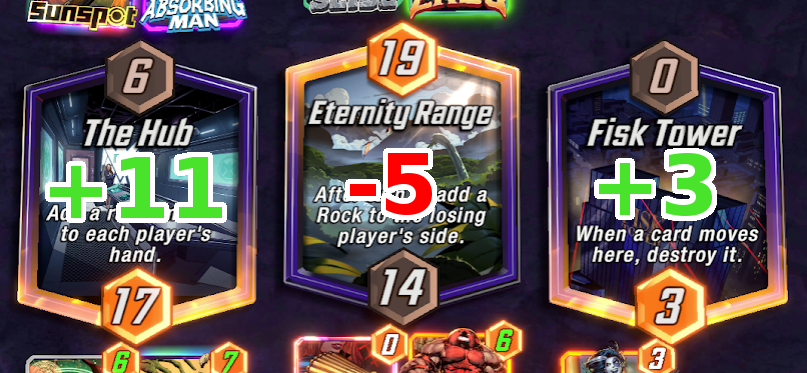Mental Game, Pt. 2 - Snapping, Retreating & Math
Be consistent, be honest, be decisive.
Know When You’re Beat
You’re probably not retreating enough.
It can be difficult to know for sure when you’ve locked in the win, as so many things can go wrong in the final turns of a game. But it’s usually much easier to tell when you’re beat.

If you don’t have a line that could hold up against decent plays by your opponent, be ready to retreat and move on to the next game.
Bluffing is fairly uncommon in Snap - if your opponent snaps, it’s likely they have a great hand, good supporting locations, a strong line, or all of the above. If you are careful to study your opponent, you may well have a good guess for exactly the cards they plan on playing.
Retreating = Climbing
Getting away from a bad hand for 1 cube is a great deal! One 4-cube win is enough to fund your next four retreats and still break even.
If you’re playing a decent deck and find yourself stuck at the same rank, this is usually a sign that you’re not retreating enough. In particular, 2- and 4-cube retreats are particularly crucical for maintaining your rank.
Beware the sunk cost fallacy - however many cubes you’ve committed, you can always lose more!
Ask yourself:
- Do you have a line to a win condition?
- Can this line beat what your opponent is likely to play?
- Are you willing to lose these cubes to find out?
Snap Early, Retreat Late
How is it possible to climb ranks if Snap is balanced for a 50% winrate?
The answer is in the snap mechanic - knowing when to snap and retreat means your wins are bigger and losses are smaller.
Snap Early
If you are confident you’ve identified one or more lines to a decisive win condition, don’t hesitate to snap. Learning to snap decisively in the early and mid game will consistently lock in more cubes over time.
Snapping early is all about information advantage. When you have favorable locations, your win condition in hand, and a clear line to victory, you’re in an excellent position to snap.
But with each turn, you give up this advantage, and give your opponent more chances to draw their own win condition. By snapping early, you’re gambling that your opponent didn’t draw as well as you, or that you can pull out a win all the same. This requires a good read on your opponent and a strong understanding of your matchups.

Many players make the mistake of waiting too long to snap, when their advantage has become obvious and their opponent is likely to retreat. Waiting until turn 6 for the first snap is usually a mistake - you’re more likely to scare off an opponent for a single cube than bait them into a 4 cube loss.
However, this doesn’t apply to all decks. Decks with slow tempo often reward more passive play, allowing your opponent to snap and punishing them on later turns with good counter-play.
Retreat Late
On the other hand, it’s important to wait as long as possible before retreating.
To be sure, know when you’re beat, but if your opponent offers you the chance to see another turn for free, take it!
This leaves the door open to a lucky draw, and gives your opponent more chances to make mistakes or reveal their own weakness.
Remember - your opponent is an actual human with their own fears and doubts, and there’s a decent chance they might retreat before you do!
At higher ranks, many players will “rope out” their turns, taking as long as possible to give their opponents as much opportunity as possible to retreat. While this is extremely annoying to play against, it works - wait as long as possible on turn 6 before giving up.
Doing Math
Snap is math, but there are tricks to make it easier.
Memorize Combos
The best advantage you can give yourself is to memorize key combinations of cards in your deck.
For example, let’s look at this deck:

Some common math with this deck includes:
- Maximus and Aero gives 14 power.
- Devil Dinosaur has 13 power with 5 cards in our hand, enough to beat Hulk.
- Lizard and three Sentinels gives us 14 power, but this drops to 11 if our opponent fills the lane.
Knowing combos like this is especially helpful in the final turns of the game, when you might be considering several possibilities with limited time to decide.

In addition to your own deck, you should know the math for common matchups you’ll face:
- Silver Surfer adds 2/4/6/8 power per lane
- An Ultron Drone boosted by Patriot and Mystique has 5 power
- Black Panther starts with 4 power, then doubles to 16, 32, 64, etc..
Use Power Differentials
Another trick to simplify math is focusing on the power differential between both sides, rather than adding up total power.

For example, let’s say you have 17 power and your opponent has 13 power at a location.
If you suspect your opponent will play a 12 power card next turn, you could add 12 to 13 for their power, then subtract your 17 to figure out how far behind that will put you.
13 (opponent current) + 12 (next turn) = 25 (opponent total)
25 - 17 (your current) = 8 power to catch up
But this involves adding and subtracting large numbers in your head.
Another option is to subtract your opponent’s 13 power from your 17, which means you have a power differential of +4 in your favor:
17 (your current) - 13 (opponent current) = +4 (your lead)
This means if your opponent plays a 12-power card, you just subtract your power differential of +4:
12 (next turn) - 4 (your lead) = 8 power to catch up
While power differentials aren’t always the best fit, this approach is often much easier in many cases.
